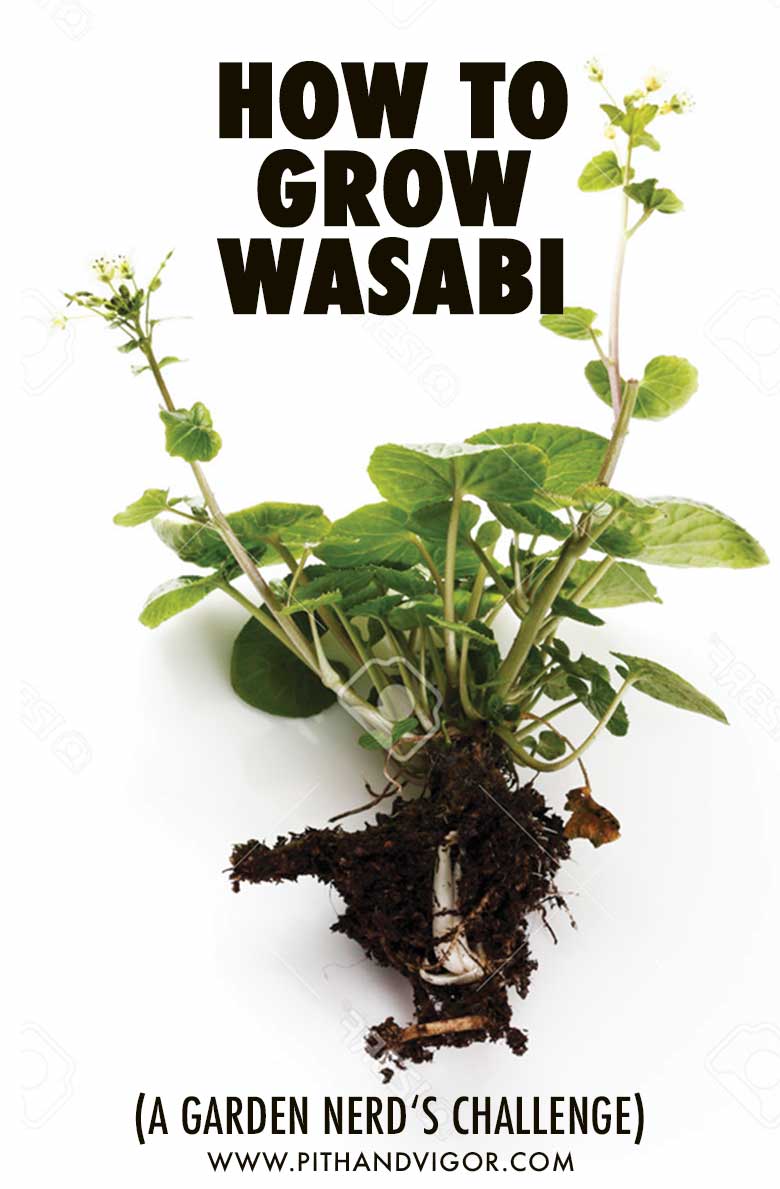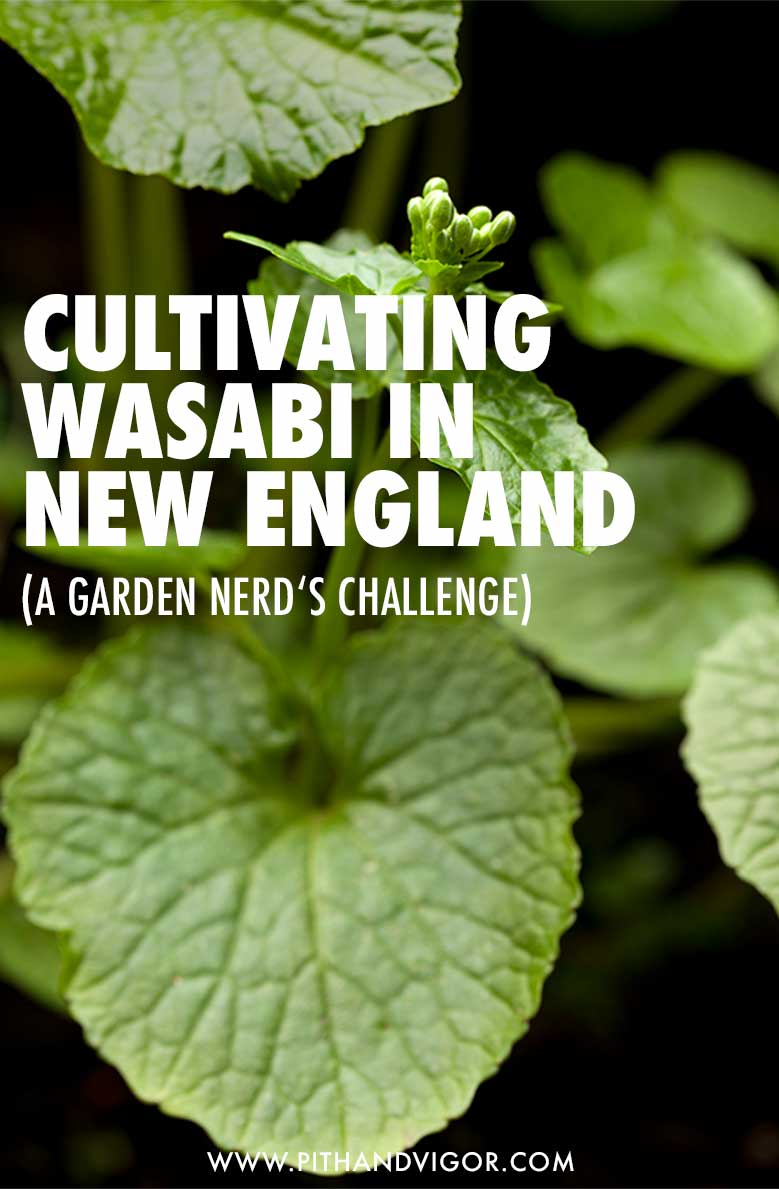Develop Wasabi Horseradish – The suitable strategy to Acquire a Nerdy Yard Downside
Wasabi (Latin: eutrema japonicum or wasabia japonica), and the considered rising it, brings once more reminiscences of my prolonged deceased grandmother. She was a lifelong Montana rancher who handed in 1998—correct in regards to the equivalent time that I discovered that pungent inexperienced paste often known as wasabi.
My grandmother was an genuine horseradish hobbyist. I’ve many reminiscences of overheard conversations the place she talked about her crops and her tribulations. The target was on a regular basis in path of rising ever stronger varieties.
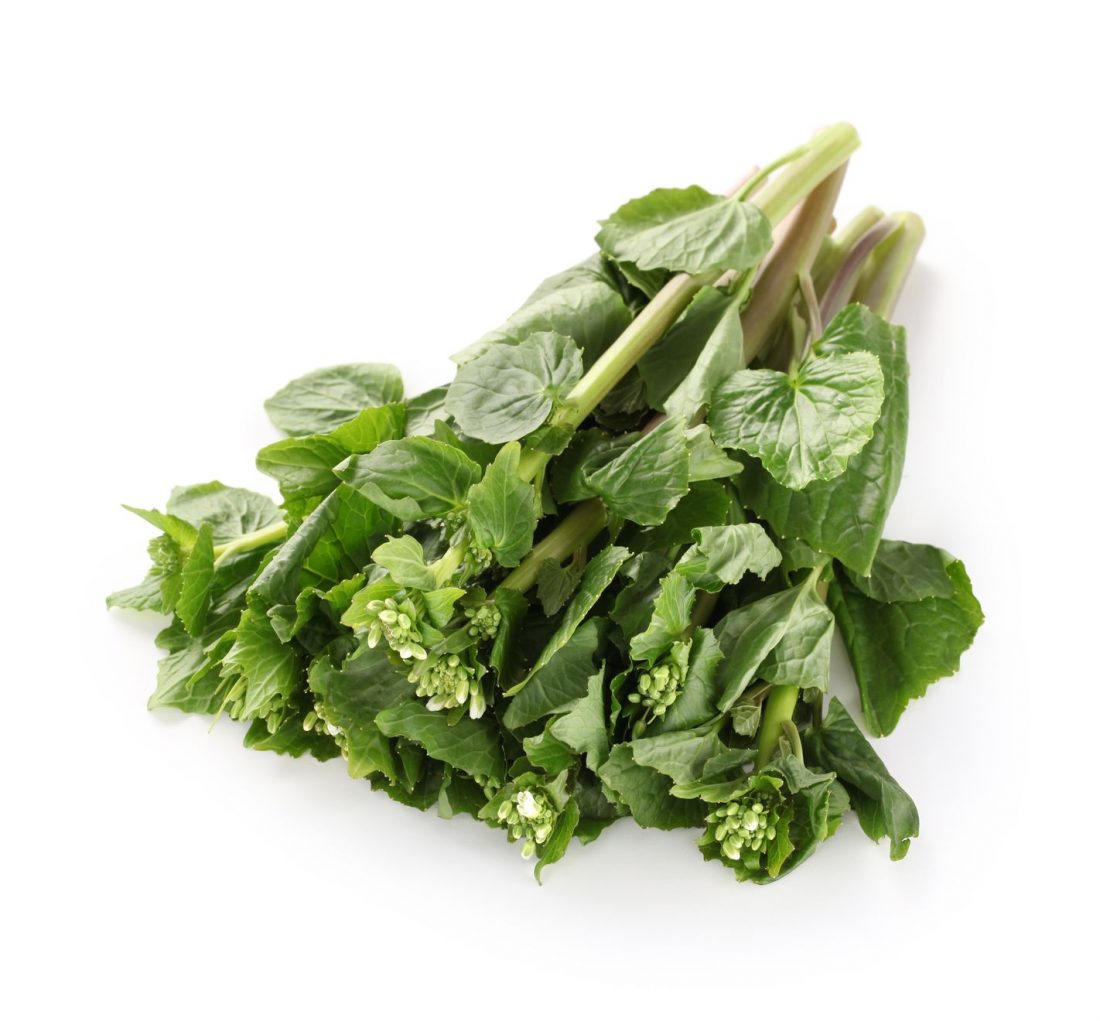
(To my data, she solely ever grew American kinds of horseradish – which can be white).
I certainly not obtained to tell her regarding the wonders of inexperienced Japanese wasabi (seiyō wasabi – or western wasabi). I’ve on a regular basis puzzled if she already knew of it— and if this difficult-to-grow plant was, possibly, her gardening white whale.
I am, nonetheless, pretty optimistic she certainly not tried it. The selection of sushi consuming locations in Central Montana stays pretty slim, and in her day, they’ve been non-existent. Faux wasabi (typically product of powdered horseradish, mustard, tapioca starch, and inexperienced meals coloring) makes up 99 % of the market within the USA. It seems unlikely that even the fake would have graced her receptive palette, certainly not ideas the precise (and unusual) wasabi prices are extreme they often can fetch as rather a lot as $200/lb.
Rising Precise Wasabi Horseradish
In distinction to the fake stuff, precise wasabi is presupposed to be profoundly potent nonetheless finishes gently sweet, clear, and pure. It doesn’t have the equivalent lingering “afterburn”. It is well-known for its sturdy antiseptic and antibacterial qualities, which is why it is traditionally served with raw fish. I prolonged to try it.
Rising wasabi crops (Wasabi japonica) is an issue that not many dwelling gardeners attempt. How-to knowledge—even on the internet—is slim. Significantly in the event you want to attempt rising outdoor of those few climates (the Pacific Northwest and some areas of the Appalachians) that resemble their native habitat in Japan.
There are two other ways to cultivate wasabi. Crops grown with a semiaquatic approach that resembles the native cool mountain streams of Japan are often known as “sawa.” Space wasabi or “oka” refers to crops grown in fields. This method can be replicated in containers for gardeners who reside in areas the place the crops just isn’t going to outlive the chilly winter temperatures. (Akin to New England).
Enterprise growers in Japan tend to guard their methods with intense secrecy. Some, outdoor of Japan, value some big money to share their rising concepts, even with regularly fanatics.
Getting Wasabi Crops within the USA
Inside the USA, Frog Eyes Wasabi, on the Oregon coast, has developed its private enterprise methods. Moreover they promote plantlets to people who wish to give it a try throughout the Pacific Northwest. The crops embrace little extra help for these in several areas.
A few years prior to now, I had a brief chat with a Frog Eyes workers member, they often confirmed it is potential to container develop wasabi in New England. I’m impressed by their steering and data. That’s undoubtedly a plant for these with an experimentalist perspective who respect the prize of a hard-earned job.
One grower I look at likened the tactic to creating a extremely subtle cake. It is one factor that takes time to be taught and observe, nonetheless, as quickly as came upon, it is not so onerous. In memory of my grandmother, who I do know would get tremendous pleasure from spreading some latest wasabi all through a Montana-raised Angus steak, and for the sake of claiming I figured it out, I’ll plant wasabi and offers it my best try.
Cultivating Wasabi In New England
Wasabi is a cruciferous vegetable and is a member of the Brassica family (Brassicaceae family ).
The entire plant is edible, nonetheless the prized paste comes from grating the rhizome. For best outcomes, it’s important to eat it inside the primary quarter-hour of processing—in every other case, it deteriorates shortly.
Wasabi (wasabia japonica) is a semi-aquatic plant. It is important to carry your private cultivated wasabi in an environment that emulates the stream beds the place it grows naturally.
The wasabi plant likes very shady circumstances (full shade) and actually moist soil (guarantee you may have persistently moist soil), however moreover well-drained soil. Its native environments are alongside cool spring beds in New Zealand, Japan, and totally different parts of Asia.
In case you might be starting from seed, you could have a protracted wait. Solely after 18 months to 2 years or additional (this is usually a gradual grower that takes rather a lot persistence), the well-grown plantlets will develop a harvestable rhizome. Sooner than that time, a variety of the leaves can be harvested and eaten.
My Wasabi Cultivation plan
My crops is likely to be grown in a container so that when temperatures fall throughout the late autumn, I can switch them indoors. Most likely relocated to the basement near a window that can get little to no direct daylight—and the place temperatures are cool and moist.
They will not tolerate direct daylight out of doors. I am going to try them out throughout the shade of my rhododendrons on the north side of the house. These crops favor cool temperatures ranging from 45-70 ranges Fahrenheit. A shade materials might change right into a necessity on warmth days.
My first number of location is likely to be to develop them beneath the ever-dripping faucet the place I be part of my yard hoses. The soil there drains correctly, and I can merely preserve the required extreme ranges of moisture.
My plan is to dig the pots into the underside, allowing space for the pot to be totally buried.
Ideas I’ve found advise a 6-inch pot to begin out after which transplant after a 12 months to a much bigger 12-inch pot. It is vitally vital consider to not bury the crown when planting—ensure in any case 1/2 inch of the crown is above the soil.
Some growers go for hydroponic methods, nonetheless I’ll go for a straight compost medium with a variety of pure supplies and a thick layer of sand on the bottom of the pot to assist in drainage. Heavy mulching will help to maintain up the required moisture and humidity on the ground diploma.
You probably can develop wasabi seeds (many suppliers are found with a quick Google search). Nonetheless, supplied that these are a variety of essentially the most troublesome crops to develop, I am going to maintain points less complicated and start with plantlets (new crops).
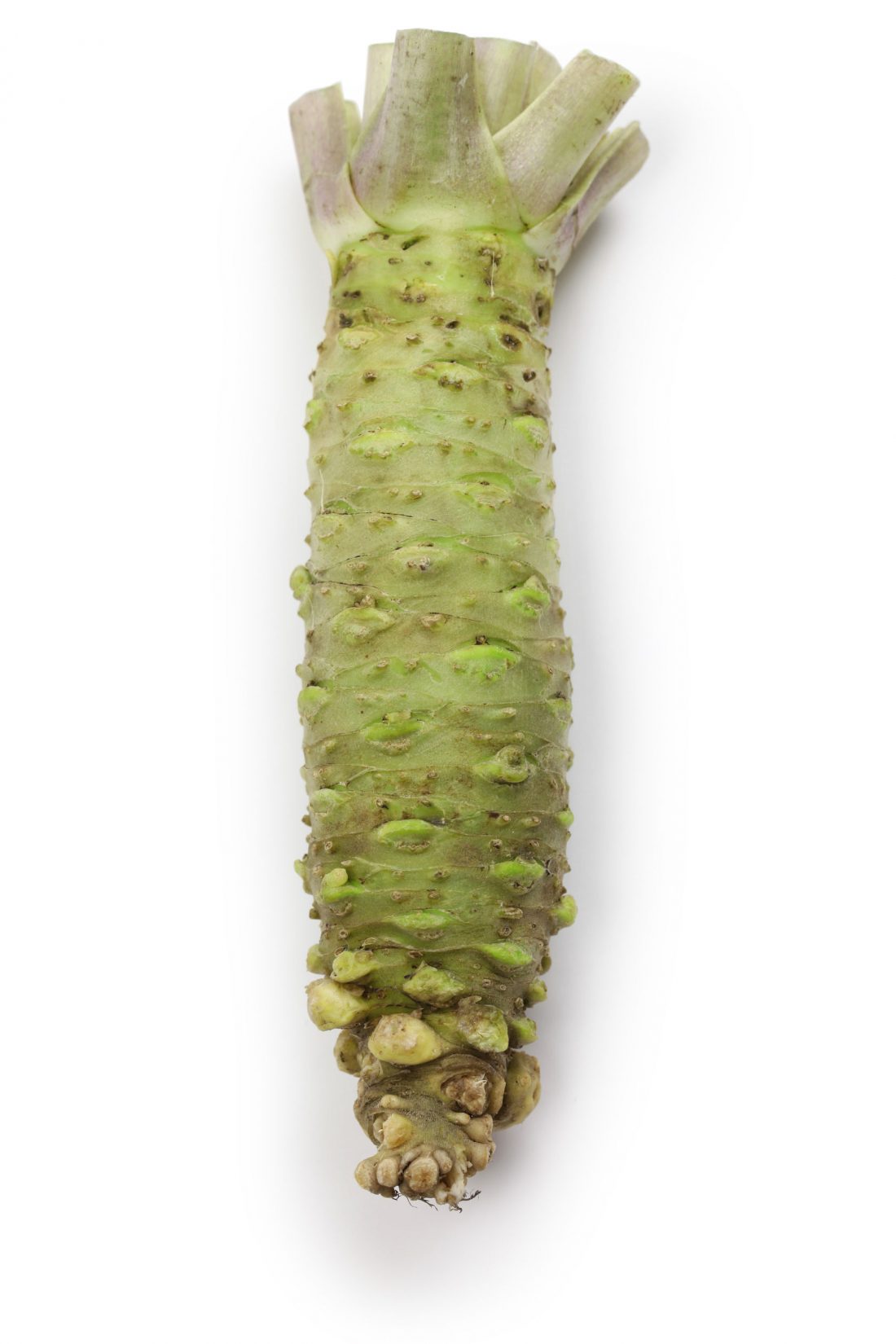
Wasabia japonica Pests, Points & Repairs
Wilted or yellowing leaves are an indication of an extreme quantity of photo voltaic. Further water can cool and hydrate confused crops through restricted intervals of direct daylight. However when the state of affairs persists, crops have to be moved to deeper shade.
Slugs and snails can be problematic and have to be managed with usually accepted bait. Moreover, watch out for aphids and caterpillars. Select them off and use an pure insecticidal cleansing cleaning soap to remove them, or try natural controls akin to helpful bugs. Alfalfa looper larvae and cabbage worms can also be a difficulty.
It is good observe to make use of an excellent vegetable fertilizer a number of events per 12 months.
A fungus often known as Phoma wasabiae (moreover often known as black leg sickness) usually is a draw back (notably if the local weather is warmth). The sickness will set off black recognizing on the leaves, petiole, and stem surfaces, and it’d unfold to vascular tissue.
Wasabi Rising Tip – The suitable strategy to make it additional pungent:
Together with elemental sulfur additionally known as “flowers of sulfur” or aluminum sulfate to the soil is a typical approach used to increase the plant’s pungent fashion.
Harvesting Wasabi
Harvest when the central rhizome (every above and below the underside) reaches 4-6 inches and 0.5-1.0 inch in diameter. Pull the entire plant up and take away the plantlets throughout the rhizome. These plantlets have to be washed, lifeless or dying leaves can be eradicated and replanted for the next harvest. Break the roots off the rhizome and take away and retain the stems and leaves (these can be eaten as correctly).
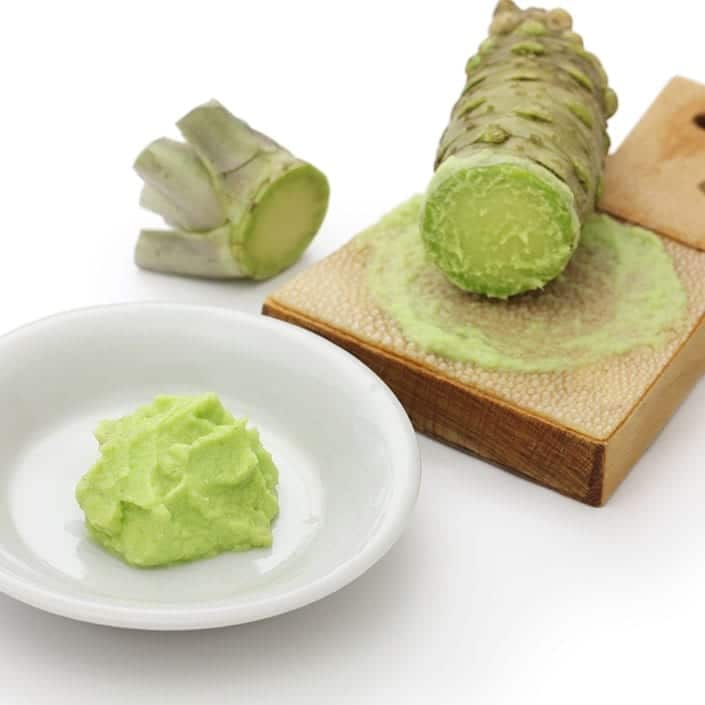
Preparing Up to date Wasabi
Use a vegetable peeler to shave off the outer layer of the rhizome. Then grate the central portion of the rhizome. You desire a actually great grater to rearrange the right wasabi paste. Traditionally, the Japanese use a SharkSkin or Oroshigane grater.
Grate the stem in a spherical motion on the grater to produce an incredible, mild paste. Mould the paste proper right into a unfastened ball and allow it to rest for in any case 2-3 minutes to develop its attribute intense heat and sweet style.
Depart unused elements unground and retailer them throughout the fridge. When one different serving is desired, take away the oxidized layer which will variety over the beforehand grated house and serve it with sushi, sashimi, or steak.
For elevated amount, the leaves and stems may also be pureed into the preparation. Grated wasabi just isn’t going to retain its style for very prolonged (it deteriorates significantly inside the primary quarter-hour) so plan to serve it immediately.
Ungrated harvested wasabi root will last a few months. Whereas prepared for the rhizome to develop, you might harvest some petioles (leaf stems) and leaves and use them in salads or as garnish in order so as to add a lightweight wasabi heat. Don’t overdo this harvesting, though; an extreme quantity of will lead to slower rhizome progress.
How prolonged does latest grated wasabi last?
Grated wasabi just isn’t going to retain its style for very prolonged (it deteriorates significantly inside the primary quarter-hour) so plan to serve it immediately. Harvested wasabi root that is ungrated will last a few months. Whereas prepared for the rhizome to develop you might harvest some petioles (leaf stems) and leaves and use them in salads or as garnish in order so as to add a lightweight wasabi heat. Don’t overdo this harvesting, though; an extreme quantity of will lead to slower rhizome progress.
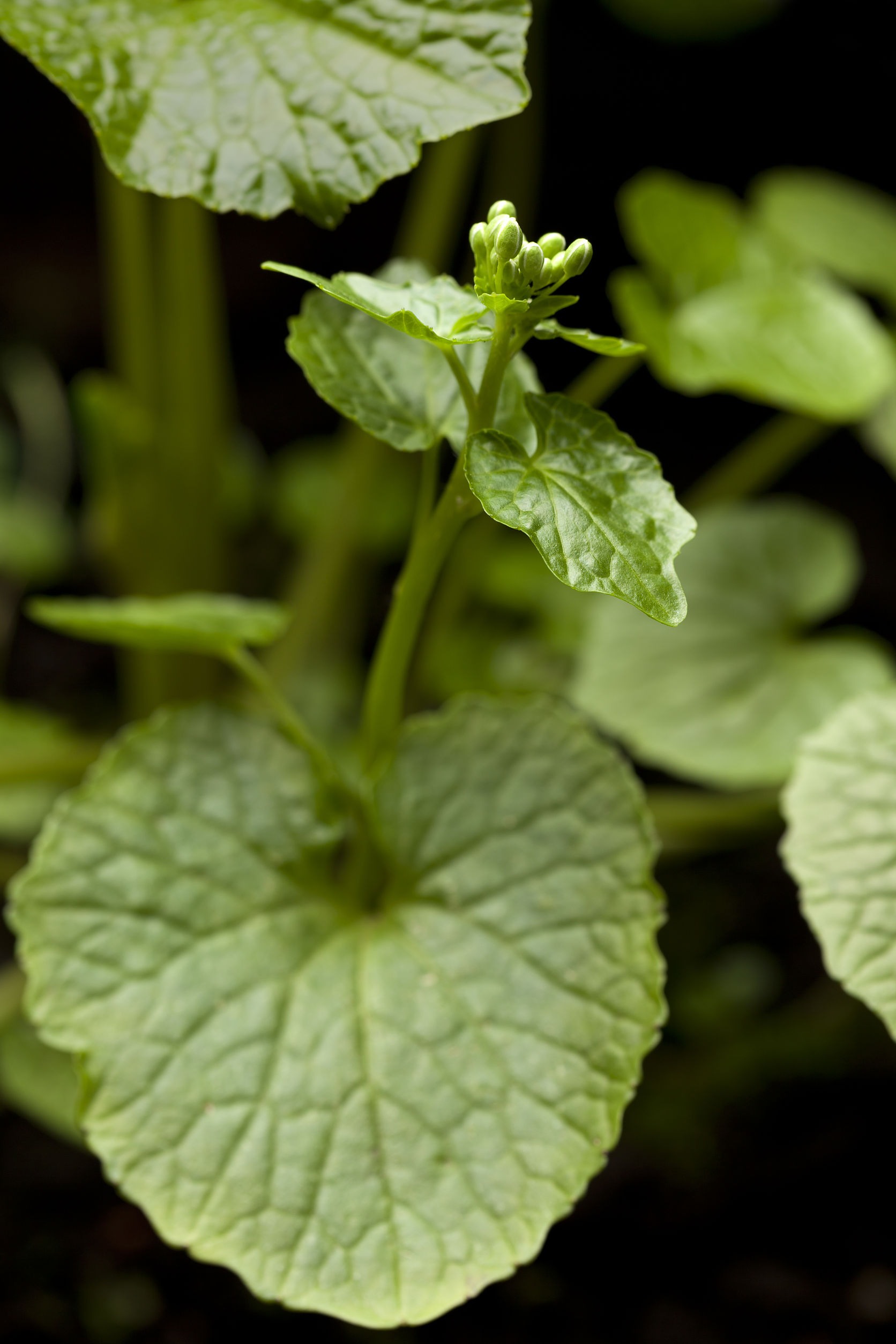
Be taught Further about Rising Wasabi From Frog Eyes Farm. – This Oregon wasabi farm is an efficient helpful useful resource for knowledge and crops.
Further Japanese yard inspiration from PITH + VIGOR:
Pictures: Copyright: cokemomo / 123RF Stock {Photograph}
Share This Put up:
